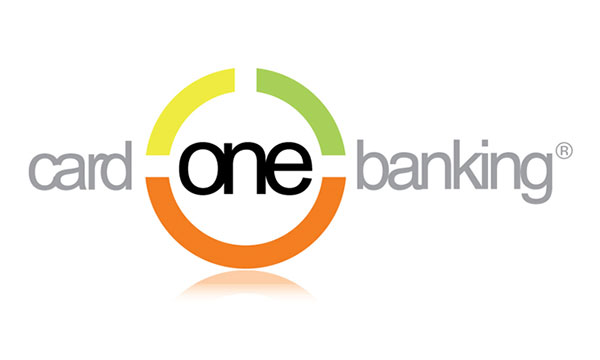Why We Sell an Experience, Not just a Live Chat Software Product

A mere twenty years ago you could make a strong product, advertise it, and then sit back and watch the profits roll in. There was always competition, but businesses identified their product’s benefits and then marketed them relentlessly. It was all about offering something better or cheaper through TV, radio and display advertising.
And then, the internet came along and made things complicated. The customer can now inform themselves and is looking for a product or service that is built on an experience or connection. Dialogue with customers is no longer one-sided, it is now a continuous exchange. This is why our live chat software has been so successful – it enables companies to open up a conversation with their customer base.
Today’s successful companies are all about customer-focused product delivery
Yes, profit follows closely on its heels, but customers need to buy into the company before taking a look at their product or service.
Apple has always been lauded as a marketing leader and their introduction of the iPhone and subsequent campaign really drives this idea home. Apple customers aren’t just buying a product, they’re buying a lifestyle choice – an experience.
An experience is a nebulous and intangible concept that can’t be seen or described like most products
This means you are asking for customers to make a leap of faith, one that you have to justify. The most successful marketers achieve this by adopting an integrated approach that personalises the brand for each customer. It’s not about winning over one customer at a time, it’s about demonstrating that you can fit in with their existing lifestyle.
Consider Red Bull. The company is behind a never-ending stream of high profile media events (just think of their space sky dive!). These stunts don’t have anything to do with an energy drink, but they do in the mind of their target. It’s all about selling the feel of excitement first and the product second.
Apple is another good example. Listed by Forbes as one of the most powerful brands of all time, Apple’s meteoric rise in brand value can be attributed to a seamless omnichannel that keeps customers at the centre of it all. This helps Apple to anticipate what customers want next and break new ground in terms of both design and performance. Let’s have a closer look at Apple’s approach:
Multi-Channel Marketing
The sell is exquisitely coordinated. The TV advertisements, website, stores, packaging, even the product itself, bleeds style, quality and sophistication. This has created exclusivity, a kind of consumer club that separates iPhone-owners from non-iPhone owners. Unpacking an iPhone feels like a rite of passage.
Holistic Experience
Apple leverages iTunes to ensure the customer experience extends beyond purchase and becomes an integral part of the customer's lifestyle. This is a great way to simultaneously build loyalty and generate post-sale revenue.
Great service after purchase
The real challenge: Providing customers with high-quality support in an affordable manner. Apple did the smart thing by tying in its high street stores; allowing customers to book an appointment at a local Genius Bar and speak to a real person.
Where will marketing go next? At some point, companies are going to completely embed themselves into users or customer communities. The products that really succeed, particularly technology products, are created by founders who had a functional role within the company and weren’t just dreaming about what kind of technology they could create. It is our ambition to achieve this level of synergy with our live chat software clients and, in turn, enable them to engage with their customers through an experience – not just a product. Where do you think the future of integrated marketing lies?























